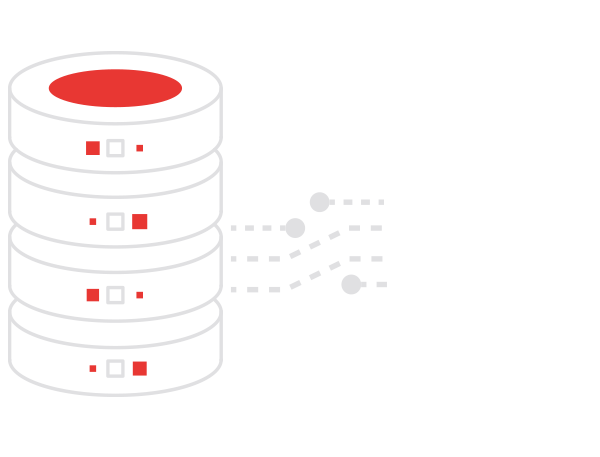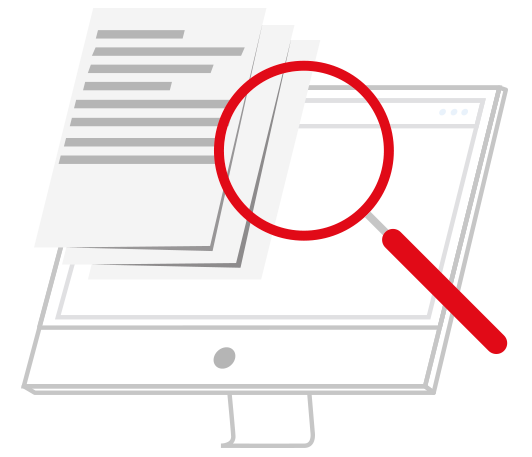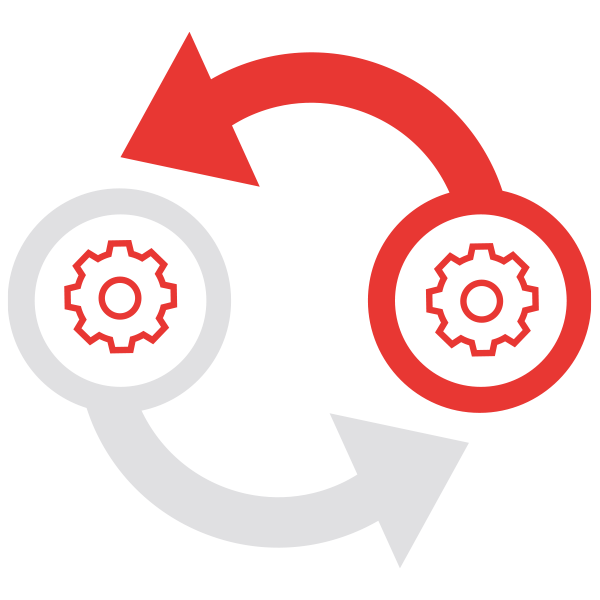


In today’s globalized world, businesses must communicate with customers and partners across multiple languages to remain competitive. However, when managing large volumes of translations manually – especially for multilingual websites – the risk of errors and inefficiencies rises significantly. Consider a scenario where a company needs to translate its corporate website into five languages – French, English, Portuguese, Italian, and German – to meet clients’ needs in those markets. The site features diverse content, including legal documents such as privacy policies and disclaimers, technical materials like user manuals and product sheets, and marketing assets such as guides and infographics.
Managing this complexity without the right tools can quickly become overwhelming.

We manually download the texts from the website, one by one, and send them in different formats and versions to multiple translation providers.
Within hours, or even days, we receive three or four quotes that we must compare apples to apples (e.g., human translation with human translation, not with post-edited machine translation) before evaluating price, delivery time, and translator expertise.


Once we have assessed the proposals, we approve one of the quotes, and the chosen provider starts the job.
From there, we must follow up by email or phone to check the delivery status.


The files are delivered via email; we manually make corrections and adjustments.
Finally, the translated texts are manually uploaded to the website, with the risk of errors and duplications.

Finally, the translated texts are manually uploaded to the website, with the risk of errors and duplications.

Use a TMS platform like LinguaHub. Upload the texts, select the source and target languages, and receive an instant quote you can approve directly on the platform. You can track order status in real-time and download the final translation as soon as it is ready. The platform also stores all communication history with the Project Manager at the order level, so you no longer need to dig through emails. Finally, it allows you to monitor your translation investment and the savings generated through translation memories.
Connect your website directly to our TMS (LinguaHub) using Lingualink, a plugin that lets you request translations directly from CMS platforms like WordPress without leaving your site. This is a highly convenient solution, although it does require a slightly more complex setup. It is beneficial for large-scale website translation projects where downloading and uploading files manually could introduce too many errors.


It eliminates the need to manage files manually and speeds up team communication.
It reduces work hours and allows the reuse of past translations, lowering operating costs.


It ensures consistency in terminology and style, avoiding inconsistencies through translation memories and glossaries.
It adapts to your company’s growth and makes it easier to manage increasing volumes of translations.

Any business that regularly manages translations can benefit from a TMS, regardless of size.


With an experienced provider, implementing a TMS is a simple and gradual process. We guide our clients through three onboarding sessions to ensure they get the most out of the platform (and our clients often tell us it is very intuitive).
The basic implementation is free, and in the long run, a TMS reduces operational costs by minimizing errors, rework, and delivery times while also providing savings through translation memories.

Esta web utiliza cookies para que podamos ofrecerte la mejor experiencia de usuario posible. La información de las cookies se almacena en tu navegador y realiza funciones tales como reconocerte cuando vuelves a nuestra web o ayudar a nuestro equipo a comprender qué secciones de la web encuentras más interesantes y útiles.
Las cookies estrictamente necesarias tiene que activarse siempre para que podamos guardar tus preferencias de ajustes de cookies.
Si desactivas esta cookie no podremos guardar tus preferencias. Esto significa que cada vez que visites esta web tendrás que activar o desactivar las cookies de nuevo.
Esta web utiliza Google Analytics para recopilar información anónima tal como el número de visitantes del sitio, o las páginas más populares.
Dejar esta cookie activa nos permite mejorar nuestra web.
¡Por favor, activa primero las cookies estrictamente necesarias para que podamos guardar tus preferencias!